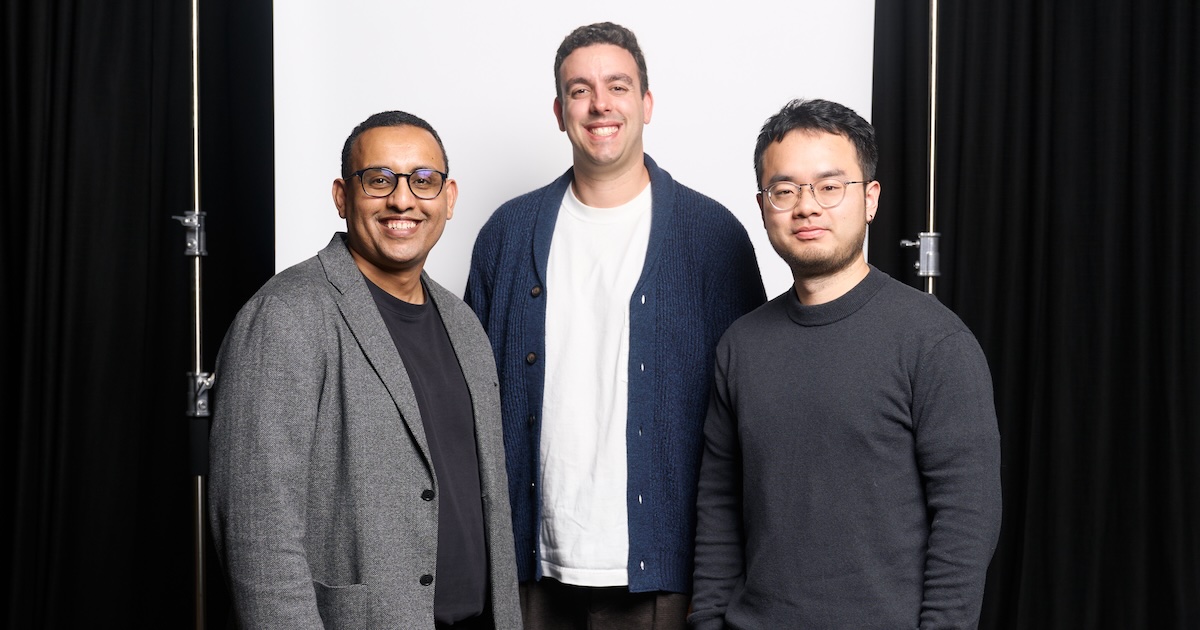
Welcome to the Third Agricultural Revolution
More startups are creating meat substitutes to feed a growing population.
1.5 billion people will be born in the next 30 years.
One of the biggest problems facing the world today is how we’ll feed them.
Meat consumption is estimated to double, and yet conventional meat production is at capacity.
We already use two-thirds of the worlds agricultural land for livestock cultivation and farming animals is a larger contributor to greenhouse gas emissions than transportation. At the same time, people are increasingly concerned about antibiotic resistance, animal welfare and the ethics of eating meat.
We cannot continue into the future what we have done in the past.
And yet, eating protein is essential for sustaining human life. Most of humanity gets the majority of its protein from animal sources.
Recognising the enormity of the challenge, and the scale of the opportunity — a total addressable market of every single person on the planet; a lifetime value of literally a human lifetime — a new crop of startups is taking up the challenge.
If anyone is working in or interested in this space — please get in touch! My contact details are at the bottom of the post :-)
Meat Not From Animals
The main approaches to substituting meat are divided into two camps:
Plant-based Meat
These startups source plant proteins and nutrients that match the behaviour and flavour profile of their animal alternatives and produce meat-substitute products that look, taste and cook just like real meat. Forget everything you think you know about veggie burgers — the best products in this category could confuse even the most committed carnivore.
Products like Beyond Meat and Impossible Burger in the US and Blackbird-backed startup Sunfed in New Zealand have launched in the last couple of years to great success. The focus now is scaling manufacturing and distribution and developing more product lines.

Cellular Agriculture
Also known as cell ag, cultured or ‘lab-grown’ meat, companies in this group are taking cells from an animal and growing them in ‘meat breweries’. This is just what it sounds like — a bioreactor where the cells are bathed in a liquid with all the nutrients they need to divide (thereby multiplying in number) and develop into muscle. The result is tissue that is identical to meat, it IS meat, it just hasn’t been grown on an animal.
The idea of obtaining meat without raising a whole animal is not by any means a recent one.

The first cultured meat burger was produced in 2013 by Dr Mark Post at Maastricht University at a cost of around US$300,000. Since then approximately US$767M has been invested into cellular agriculture startups, resulting in the cost coming down to around $500 per burger patty.
Most of the leading companies in this camp — for example, Memphis Meats and Just — are still in the R&D phase. They primarily produce small batches for the purpose of optimising the technologies required to make industrial levels of food. Although great progress has been made, we are still years away from being able to buy cultured meat in the supermarket.
The major technological hurdles to be overcome are primarily ones of scale. The practice of culturing tissue has existed for decades in regenerative medicine, but no-one has ever needed to produce millions of tonnes of heart muscle, so the challenge is how to industrialise these technologies.
Enabling Technologies
There are four main technology hurdles to be overcome:
- Cell line isolation and identification. Only certain types of cells will divide infinitely and it is still early days in identifying all the potential cell lines across possible animal species that could be used to make cultured meat.
- Replacing foetal bovine serum (sometimes referred to as FBS or simply ‘serum’) in culturing media. Stem cells require growth factors to stimulate them to grow. Right now cell ag startups rely on the growth factors from foetal bovine serum. Foetal bovine serum, as the name implies, is a by-product made from the blood of cow fetuses. FBS is harvested by draining blood from the heart of a calf that has been excised from pregnant cows slaughtered in the dairy or meat industries. Aside from being inherently cruel, producing meat this way is self-defeating as it requires killing animals to produce it, and is completely uneconomical to produce in large quantities.
- Developing industrial scale bioreactors. Cells need to be cultured with media in a bioreactor while they are dividing and forming into fibrous tissue — this keeps the tissue alive and well-oxygenated. New designs for bioreactors capable of producing tonnes of meat will be required for commercialisation of cultured meat.
- Scaffolding or biofabrication. To date, most of the cultured meat products that we’ve seen are mince-based products like burgers or sausages. This is because food-grade technology does not yet exist to achieve more solid form factors such as a thick, firm steak.

All major technological advances are accompanied by layers of enabling technologies. Companies creating enabling technologies can become huge companies in their own right.
For example, the internet requires a search engine to make everything findable (Google). The internet enables online commerce, which requires online payment systems to transact on it (Paypal, Stripe, Adyen). Accessibility of web development through cloud computing has led to the need for code repository management and collaboration tools (Github, Atlassian).
In the last few years a crop of cultured meat startups have exploded onto the scene backed by prominent Silicon Valley investors. The leading startups include Memphis Meats, Wild Earth, Wild Type, Finless Foods and others.
All of these startups are currently vertically integrated. They conduct the research and development to make animal tissue, as well as manufacturing, marketing and distributing the end product (burger patties, sausages, meatballs etc). They are doing so out of necessity due to the nascent state of the industry.
In the long term, it’s hard to imagine that meat companies will remain entirely vertically integrated. With 9.5 billion people on the planet by 2050 and a market worth trillions of dollars a year, big companies can be built solving any of the four major technology hurdles listed above.
Blackbird has recently backed Heuros, a Brisbane-based company working on developing growth factors for the clean meat industry without the use of animal serum. Solving this problem is the most critical step to bringing down the cost of cultured meat.
Why Australia?

Many of the technical challenges to overcome are solvable and the skills required to solve them will be drawn from the world of regenerative medicine, stem cell biology, mechanical and chemical engineering. Australia is a world leader in many of these fields.
We have one other thing going for us.
Australia and New Zealand already have a superior global reputation for food safety and quality. Particularly in large export markets like China, the recognisability and trust of ‘Brand Australasia’ is a major advantage.
There is every chance that the company that will usher in the third agricultural revolution will be born here.
At Blackbird, we are attracted to painful problems and huge ambition. There are few problems bigger than how we’ll feed the next billion people on earth without destroying it first.
Blackbird wants to back the Aussie founders ambitious enough to try to solve this.
Sunfed and Heuros are hiring across technical and commercial roles. If you are passionate about their mission, don’t hesitate to reach out.










